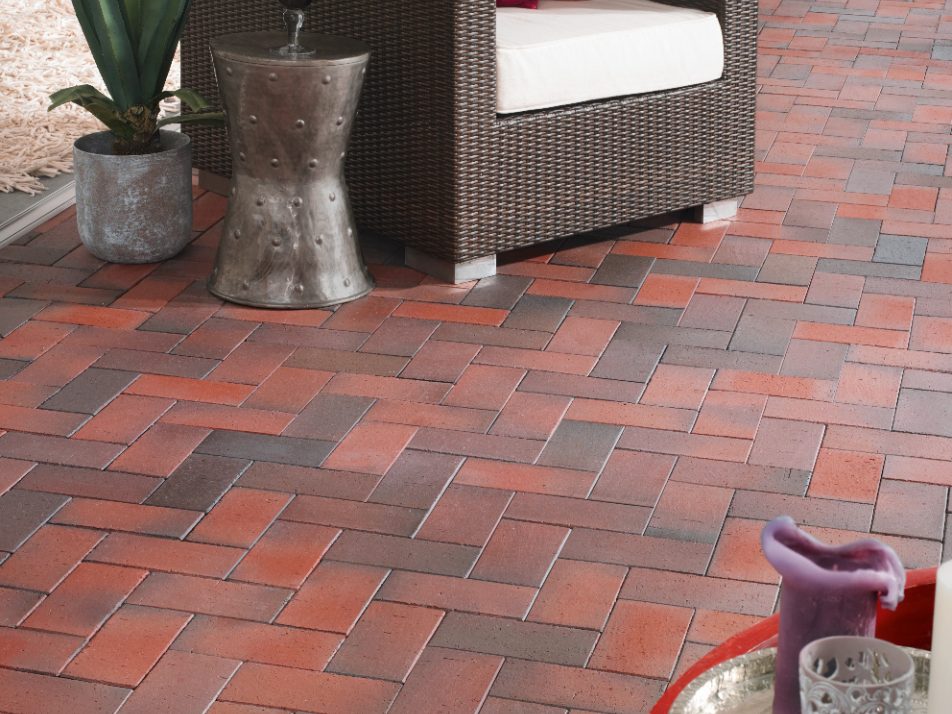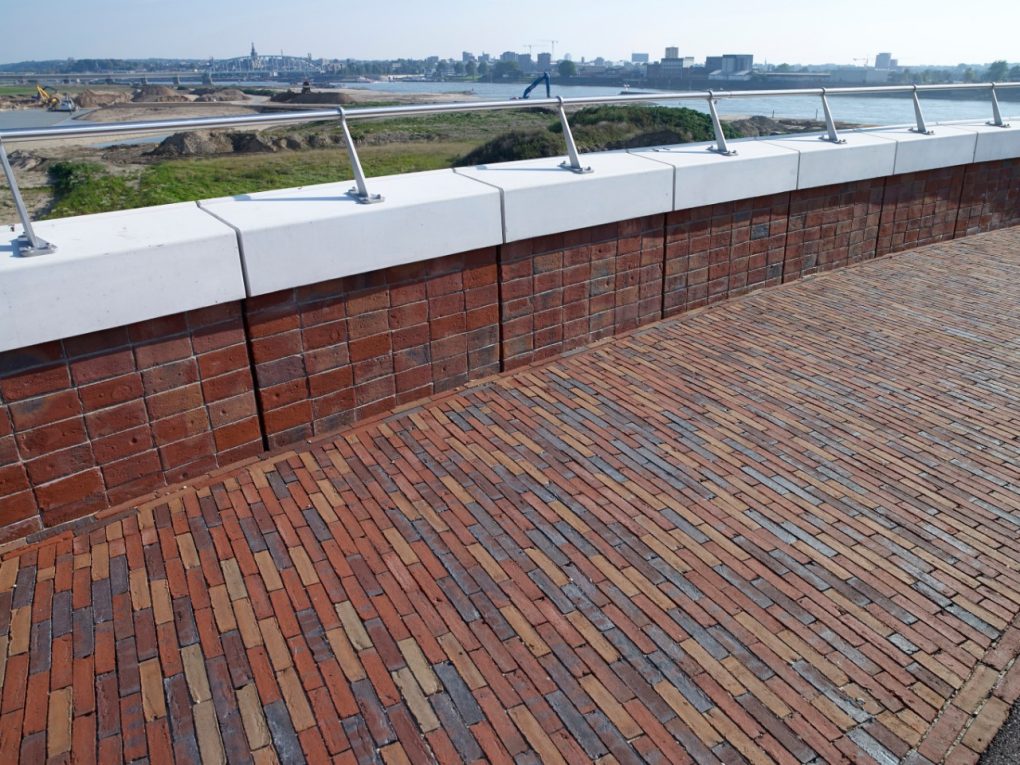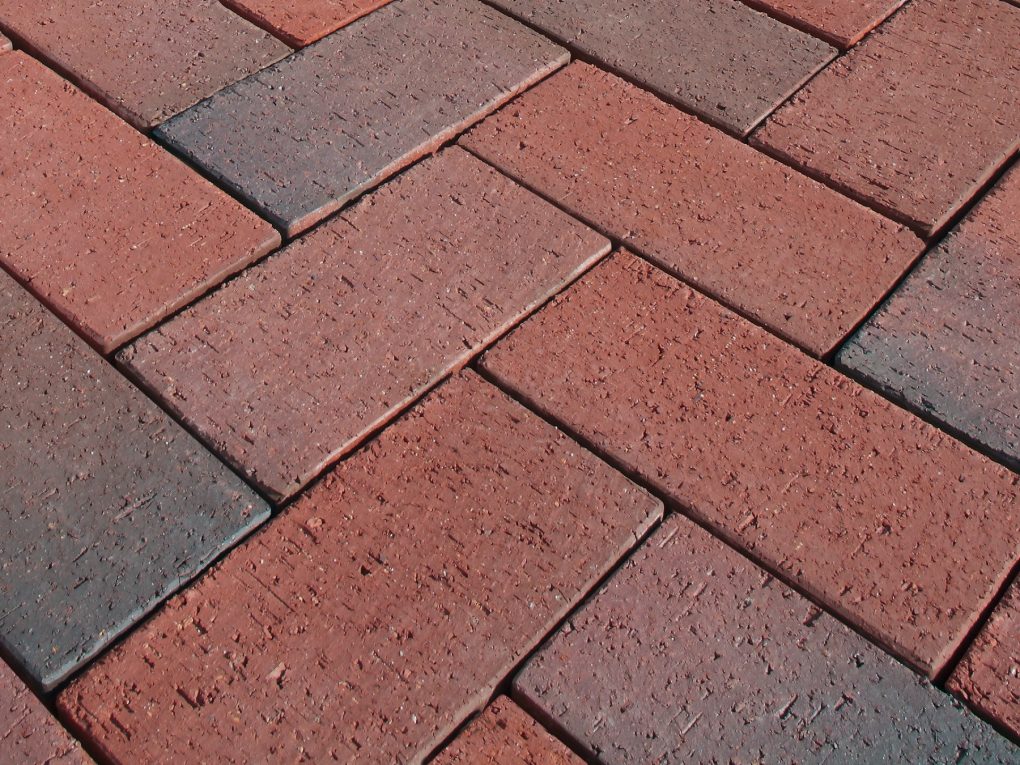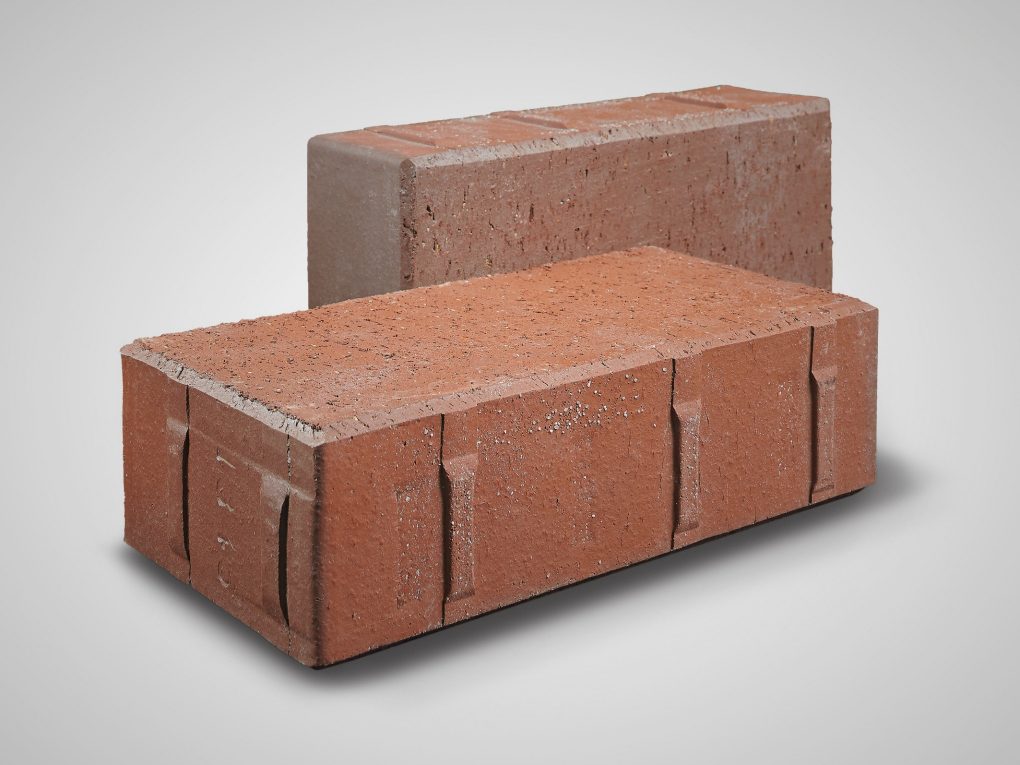Water as a release agent
- /
- Pavers
- /
- Types of Paver Bricks
Types of Paver Bricks
Production process for pavers
Wienerberger paver collection offers 3 types of durable bricks: Extruded, Handmade and Waterstruck pavers. Available in a variety of colors and textures.

Extruded pavers
For smooth and uniform stones
In the extrusion process, the clay is pressed into a strand under pressure. The blanks are continuously cut from this strand using a fine wire. This produces the rather smooth, uniform bricks in our range of pavers. This process produces very dense, extremely strong and durable pavers.
Handmade pavers
Drummed or rumbled
Our tumbled handmade pavers give every open space an extraordinary look - particularly harmonious in historical surroundings. But they also create attractive accents in modern architecture and lively garden design.Waterstruck Pavers
In the production of water-struck bricks the clay is pressed through turntable presses and is given its typically rough surface by using water as a release agent.
Wienerberger pavers object ranges – for even more individuality

Paving clinker extra rough
For increased surefootedness
Anyone who creates public paths and paves heavily frequented areas always has the issue of safety in mind. This is particularly important in poor weather conditions: whether in the fall with wet leaves or in the winter with night frost or slush, a little more surefootedness would often be helpful.This safety is offered by the extra-rough pavers from wienerberger plant. They are classified in the highest slip resistance class U3 in accordance with DIN EN 1344 and exceed the required SRT value by around 45 percent.
Of course, the extra-rough pavers also offer the usual advantages: They are available in many beautiful natural colors, they can be combined and designed in many different ways, they are durable, easy to clean and economical. Frost, oil, acid and chemicals cannot harm them.

Pavers with spacer
Small laying aid with a big effect
Wienerberger pavers with spacers make it much easier to maintain the required minimum joint spacing of 3 - 5 mm.The individual spacers do not run continuously across the entire thickness of the clinker brick. They are shortened so that around 10 - 15 mm remains free at the top and bottom edge of the clinker brick.
As a result, they are not visible when laid, but prevent the bricks from knocking against each other and causing spalling.
The majority of our pavers from Wienerberger plant can be produced with spacers to order.
Stay informed
Subscribe to our newsletter and receive all updates.
